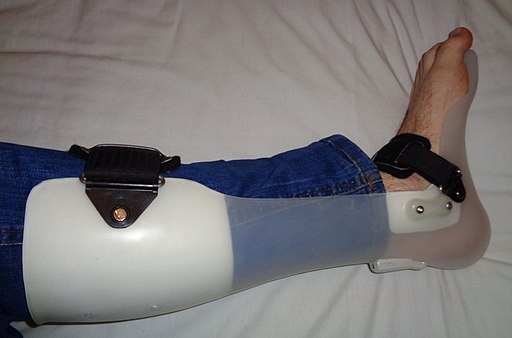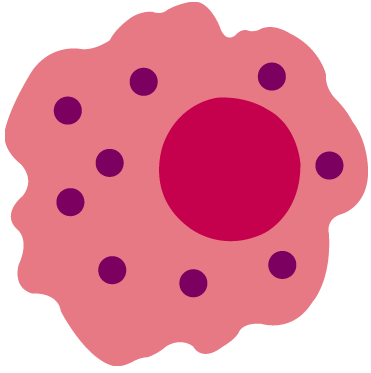Foot drop can result from:
- L5 radiculopathies
- Lumbar plexopathies
- Lesions of the lumbosacral trunk of the lumbosacral plexus
- Sciatic neuropathies
- Common peroneal neuropathies
| L5 radiculopathy | Lumbar plexopathy | Sciatic neuropathy | Peroneal neuropathy | |
| Causes | Disc herniation, Spinal canal stenosis | Pelvic surgery, hematoma, prolonged labor | Hip surgery, Injection injury | Compression/trauma |
| Motor | Weakness includes muscles and hip abductors | Weakness includes hip abductors and anal sphincter | Weakness includes tibial and hamstring muscles | Weakness restricted to peroneal muscles |
| Ankle inversion | Weak | Weak | Normal or weak | Normal |
| Plantar flexion | Normal | Normal | Normal or weak | Normal |
| Toe flexion | Weak | Weak | Normal or weak | Normal |
| Ankle jerk | Normal (Weak with S1 involvement) | Normal (Weak with S1 involvement) | Normal or depressed | Normal |
| Sensory loss | Poorly demarcated, predominantly big toe | L5 dermatome | Lower 2/3 of lateral leg and dorsum of foot | Lower 2/3 of lateral leg and dorsum of foot |
| Pain | Common, radicular | Common, may be radicular | Can be severe | Rare |



